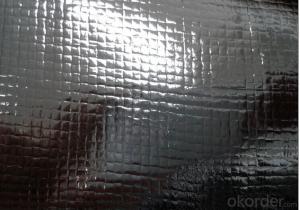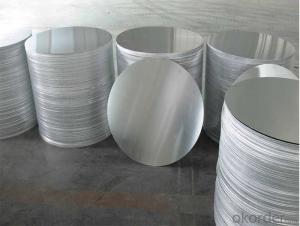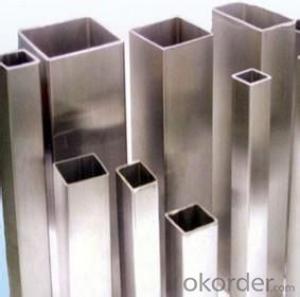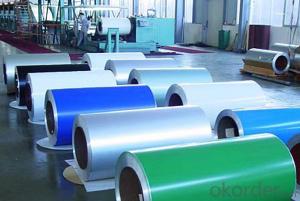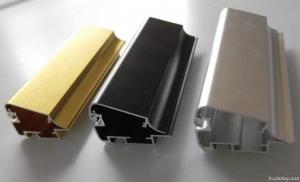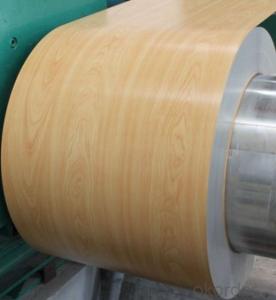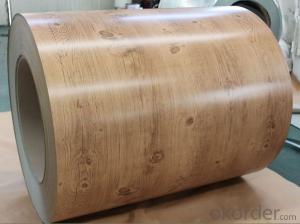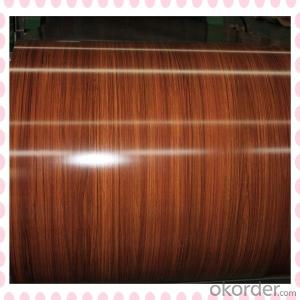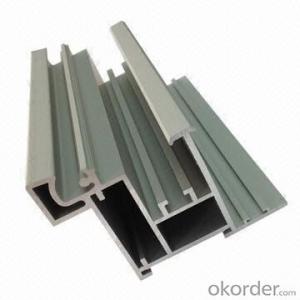Does Aluminum Reflect Heat
Does Aluminum Reflect Heat Related Searches
Led Light Bulbs For Ceiling Fixtures Led Lamps For Ceiling 42 In Ceiling Fan With Light Aluminum Coil Stock For Gutters Aluminum Foil For The Grill Hole Saw For Aluminum Plate Aluminum Tread Plate For Trailer Bow Plate For Aluminum Boat Aluminum Foil For Grow Room Aluminum Foil For Joint PainHot Searches
Stock Price For Aluminum Aluminum Coil Stock For Sale Aluminum Gutter Coil For Sale Used Aluminum Scaffolding For Sale 1/4 Aluminum Plate For Sale Aluminum Bar Stock For Sale Aluminum Round Stock For Sale Aluminum Diamond Plate For Sale Aluminum Scaffolding For Sale Craigslist 6061 Aluminum Plate For Sale Aluminum Dock Plate For Sale 7075 Aluminum Plate For Sale Aluminum Tread Plate For Sale Aluminum Checker Plate For Sale Aluminum Plate For Sale Near Me Plate Aluminum For Sale Aluminum Plate For Sale Aluminum Square Stock For Sale Aluminum Flat Stock For Sale Billet Aluminum Stock For SaleDoes Aluminum Reflect Heat Supplier & Manufacturer from China
Okorder.com is a professional Does Aluminum Reflect Heat supplier & manufacturer, offers integrated one-stop services including real-time quoting and online cargo tracking. We are funded by CNBM Group, a Fortune 500 enterprise and the largest Does Aluminum Reflect Heat firm in China.Hot Products
FAQ
- What are the advantages and disadvantages of steel tubes, aluminium tubes and stainless steel pipes?
- You should first find out the material brand, and then find manufacturers to test specimens to do material reports, and then consult the materials manual or the corresponding national standards to control whether it meets the requirements of the standard!
- Can aluminum tubes be sprayed or painted? What type of paint is appropriate? Will the paint come off?
- In theory, yes, and there are aluminum products with lacquer, such as a lamp shade. Paint is estimated.
- The typical wall thickness of aluminum pipes can vary depending on the specific application and industry standards. However, in general, aluminum pipes typically have a wall thickness ranging from 1/16 inch to 1/4 inch. The exact thickness will depend on factors such as the diameter of the pipe, the intended use, and the required strength and durability. It is important to consult industry standards and specifications or seek guidance from a professional engineer or supplier to determine the appropriate wall thickness for a specific project or application.
- Yes, aluminum pipes are generally not suitable for oil refineries due to their lower corrosion resistance compared to other metals like carbon steel or stainless steel.
- Can aluminum plastic pipes be used for solar energy pipes?
- Can, but must pay attention to the inner tube of plastic pipe material shall be PEX or PERT, is usually orange (or orange), ordinary white plastic pipe inside the PE material, can only be used in the 40 degrees below the water.
- What brand of aluminium tube is in freezer?
- The 7075 is Aluminum Alloy grades, belonging to the Aluminum Alloy 7 Series (1XXX is pure aluminum, Al Cu mg Al Cu Mn is 2XXX or 3XXX, 4XXX generally do manganese aluminum brazing sheet, 5XXX Al Mg, 6XXX Al Mg Si, Al Zn mg Cu 7XXX
- Due to their inherent properties, aluminum pipes are well-suited for seismic zones. Firstly, their lightweight nature gives them a higher strength-to-weight ratio compared to materials like steel. This allows them to withstand seismic forces without excessive deformation or damage. Furthermore, aluminum exhibits high resistance to corrosion, a crucial characteristic in seismic zones where moisture and soil movement can accelerate pipe deterioration. This corrosion resistance ensures the structural integrity of aluminum pipes over time, making them capable of withstanding the stresses imposed by earthquakes. Additionally, aluminum pipes possess excellent ductility, allowing them to deform under seismic forces without fracturing or breaking. This ductility enables the pipes to absorb and dissipate energy during earthquakes, reducing the risk of catastrophic failure and preventing gas or fluid leakage. Lastly, aluminum's flexibility allows for easy bending and shaping, making it suitable for accommodating ground movements and seismic vibrations. This flexibility enables the installation of aluminum pipes in curved or irregular paths, enhancing their ability to withstand dynamic forces during earthquakes. In conclusion, the lightweight nature, corrosion resistance, ductility, and flexibility of aluminum pipes make them a reliable choice for seismic zones. These properties ensure the safety and functionality of piping systems in areas prone to earthquakes.
- The company has an aluminum product with high precision (less than 0.1mm). Aluminum profiles manufacturers can do so to achieve this accuracy. However, when the oxidation of the problem, the oxidation process, due to various reasons, there will be repeated rework, repeated oxidation phenomenon.. There is an aluminum oxide 3 times, even after the small 0.06mm. More exaggeration is that there is a small number of aluminum parts, the number of oxidation is five or six times, directly leading to size coordination, delivery, affecting the use of products. The other side also said it is difficult to control the number of oxidation, can not avoid repeated oxidation phenomenon.. Is it really oxidation that leads to smaller size? What's the solution?
- Will aluminum tubes become smaller after oxidation? Or after the oxidation section factory again suppressed shaping? Arguably, aluminum oxidation texture should become loose, profile factory should also be a set of professional solutions to deal with the possible problems in the deformation of metal products processing, but also should have their own set of data and tolerance of quality control and evaluation... If he can not control the oxidation number of products lead to invalid they can only say, technology has not yet reached the precision products...




